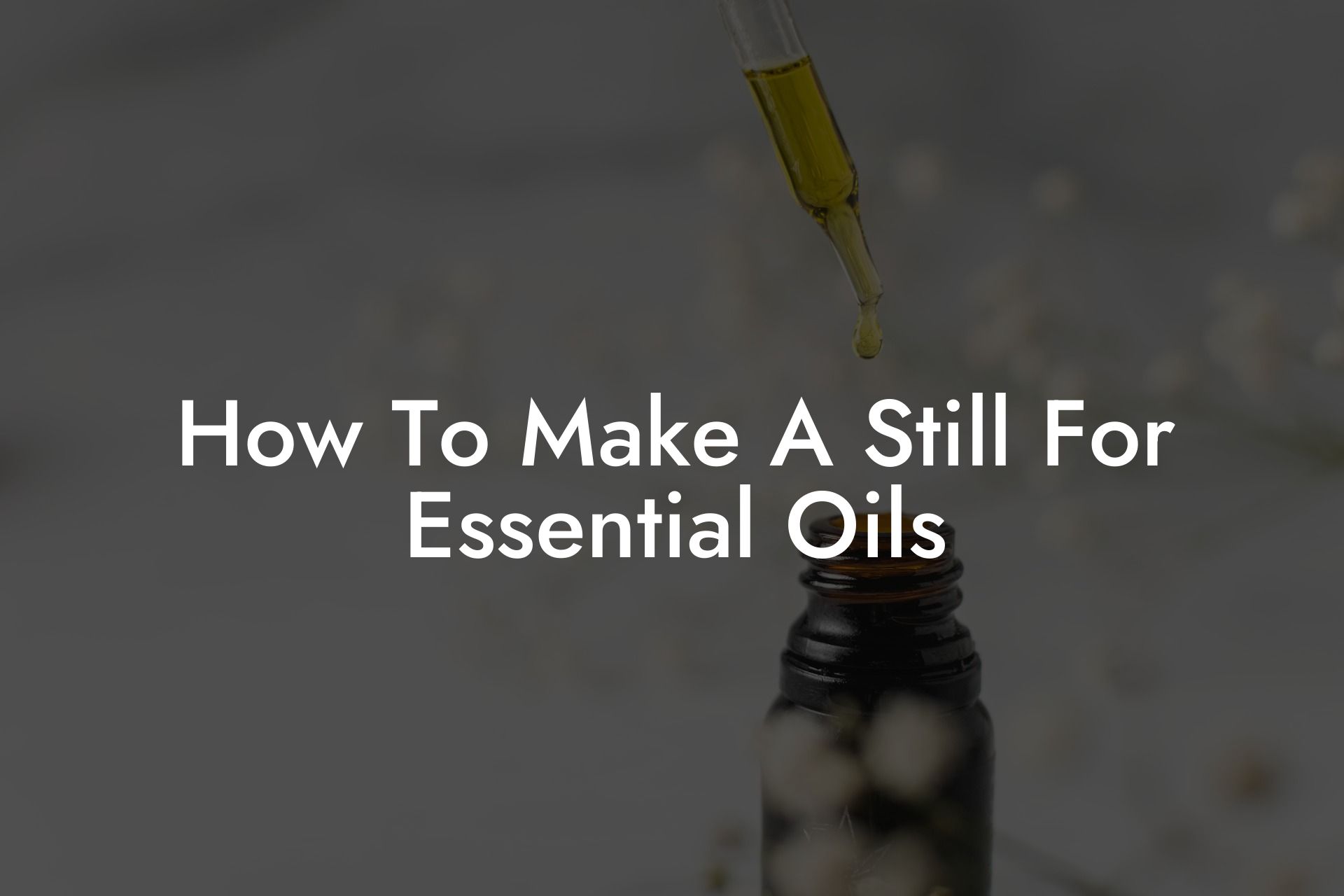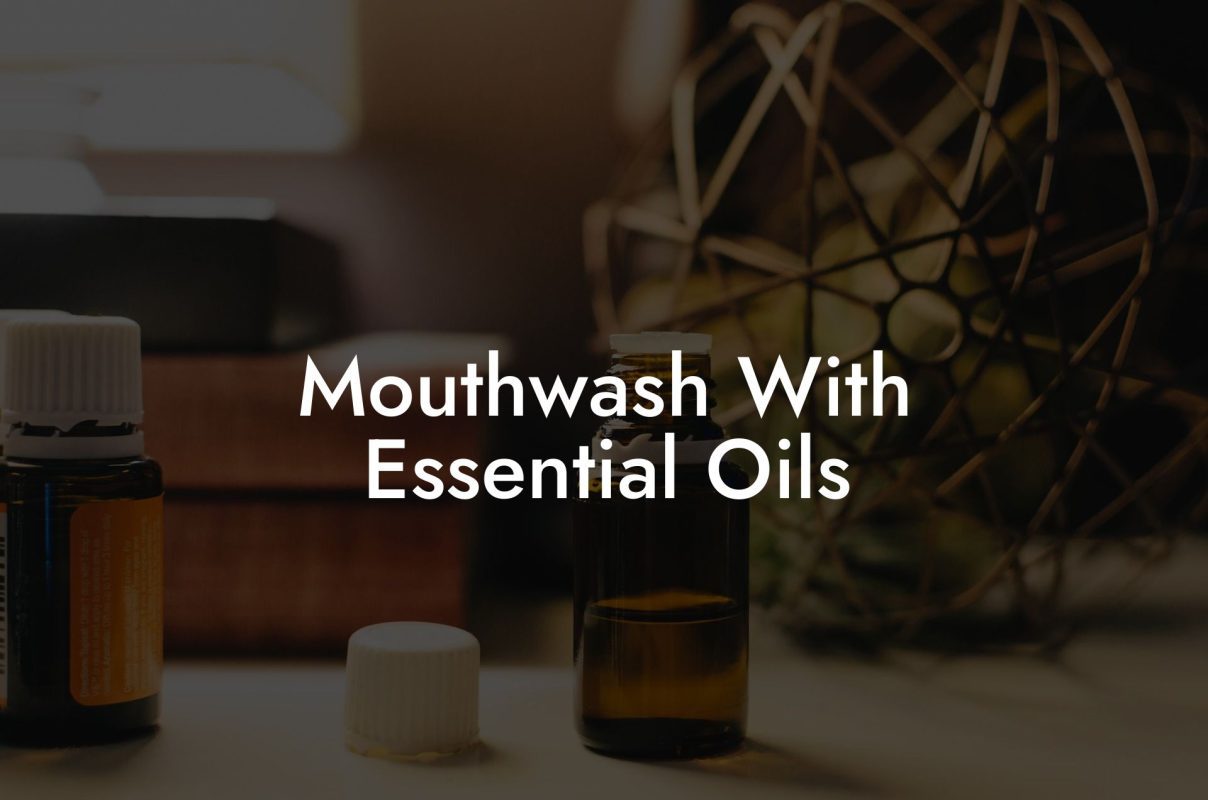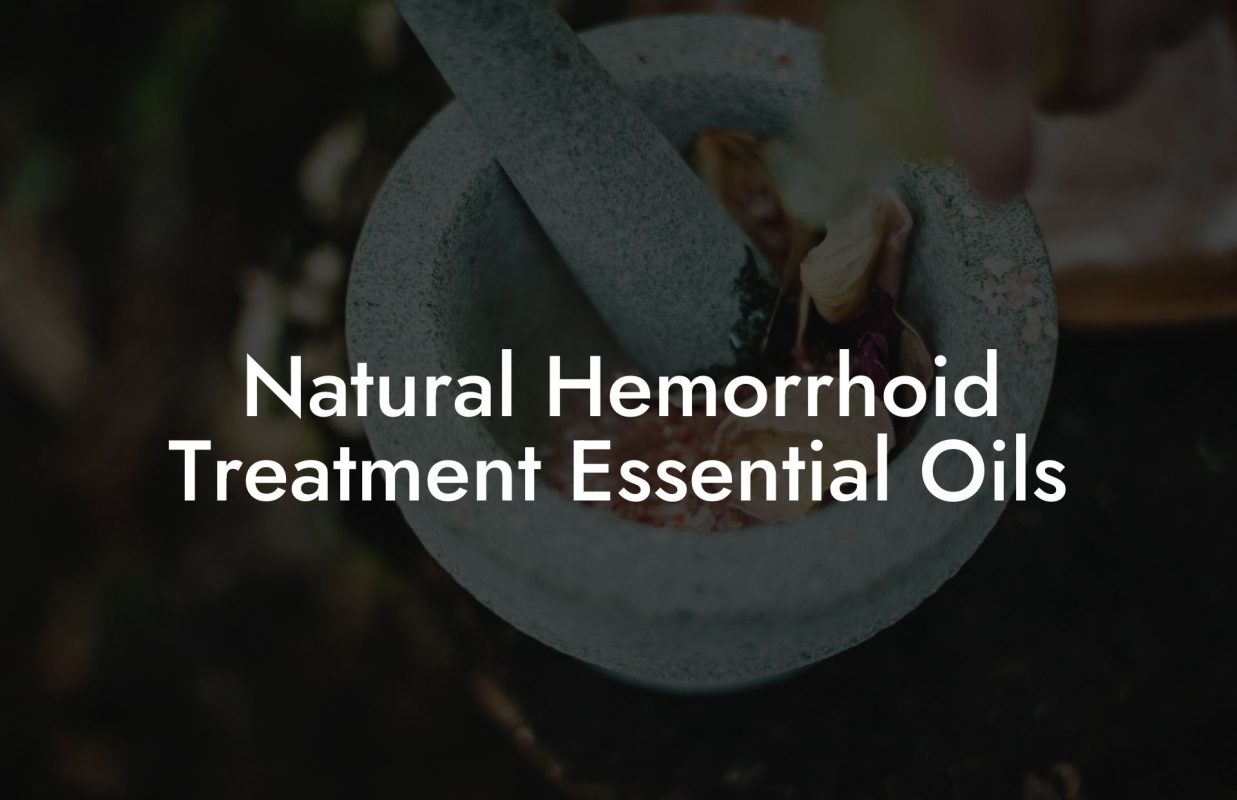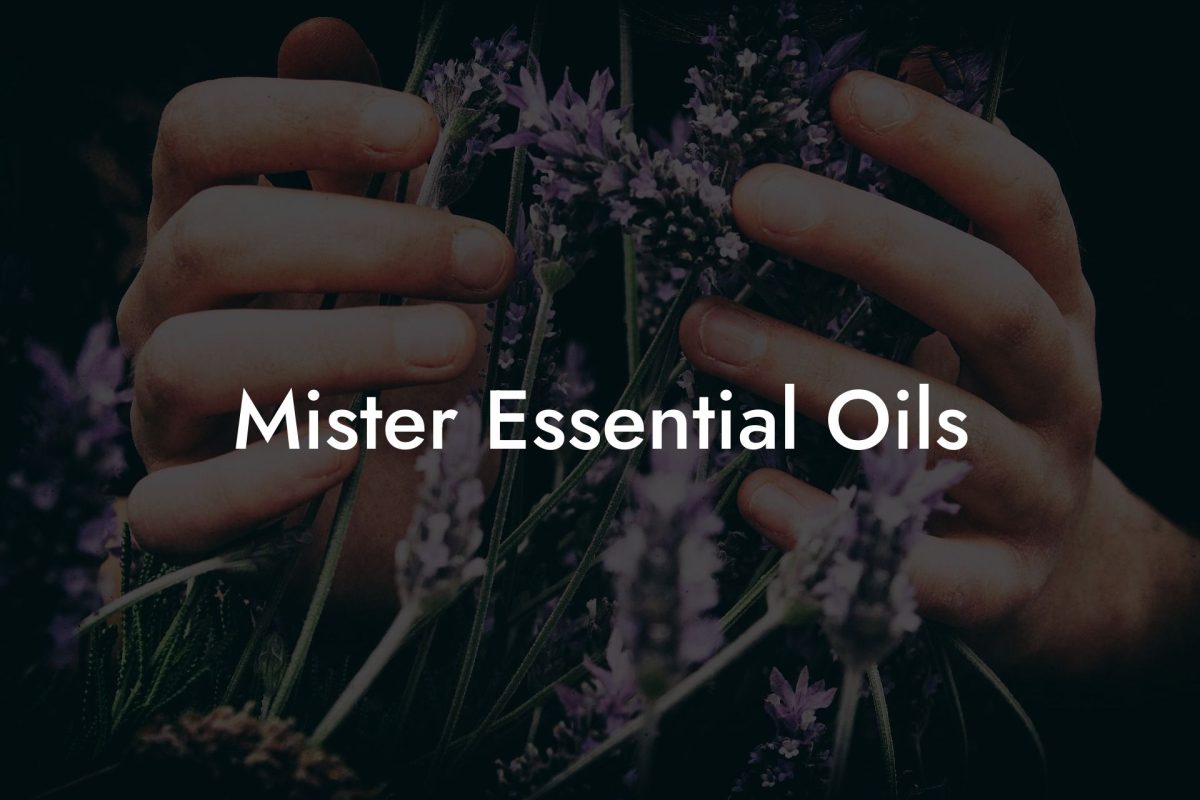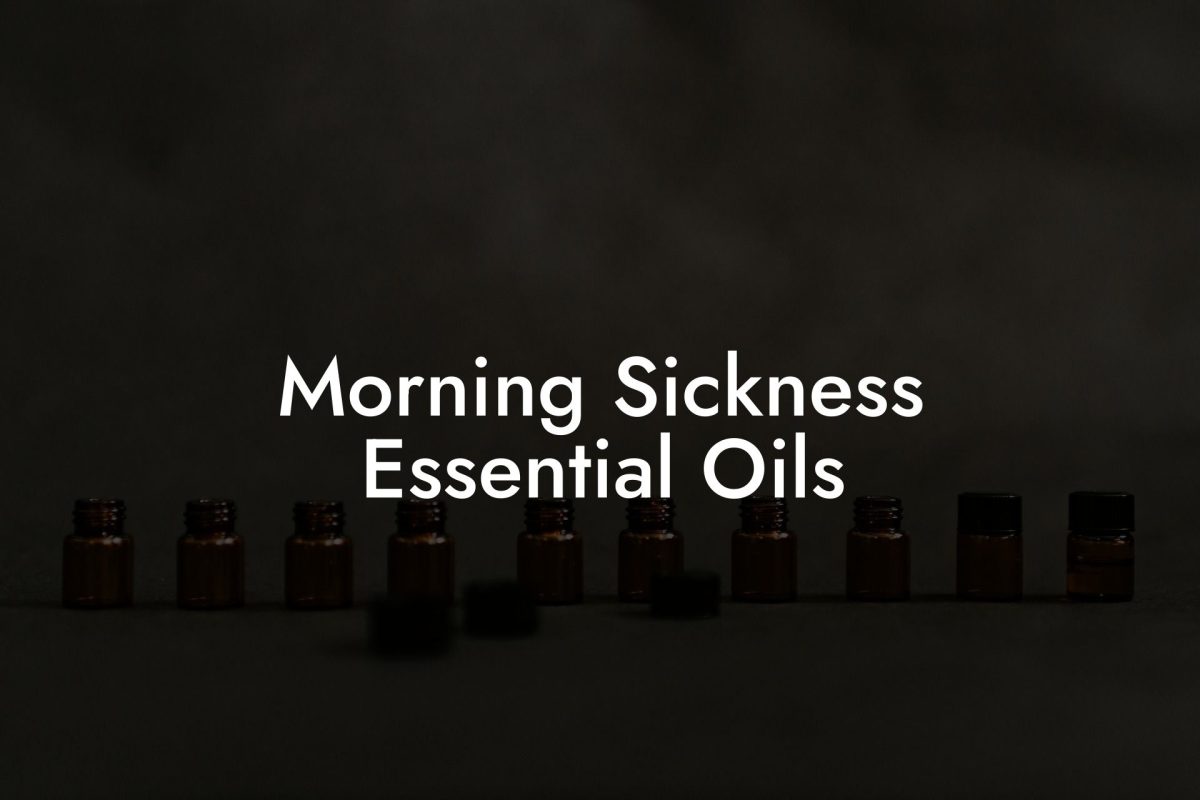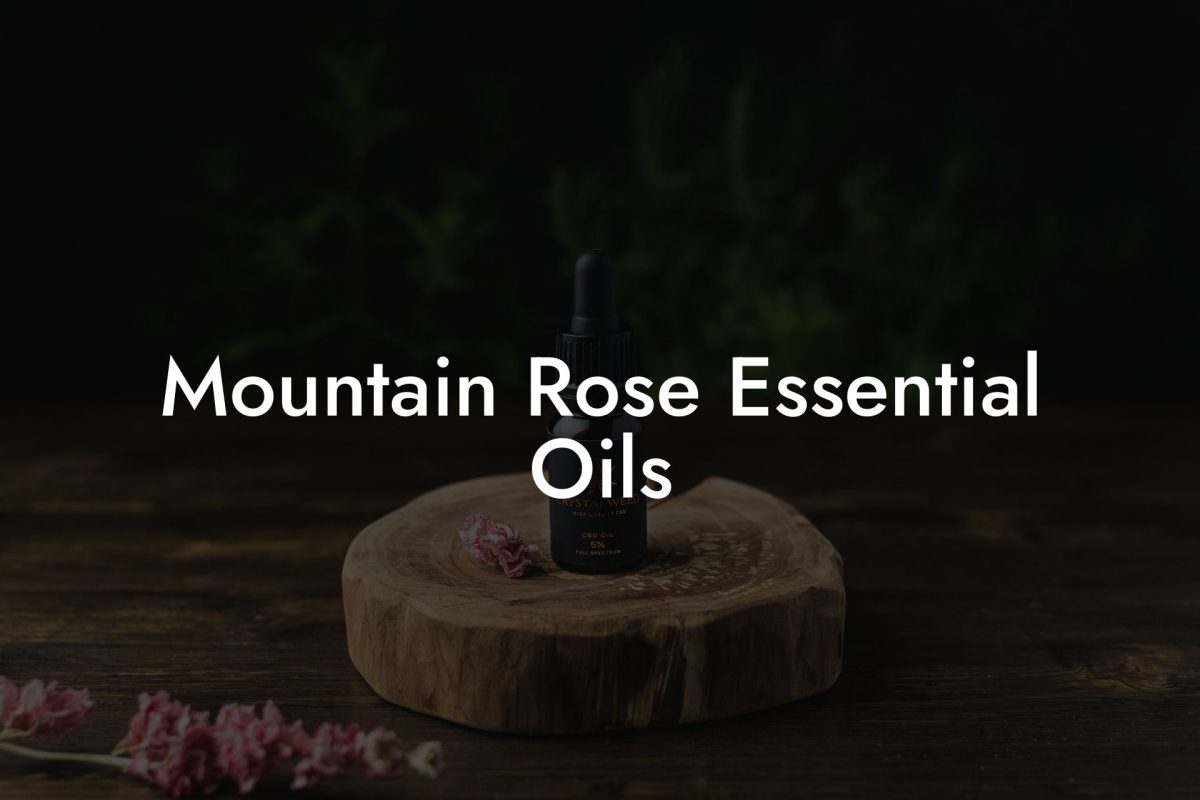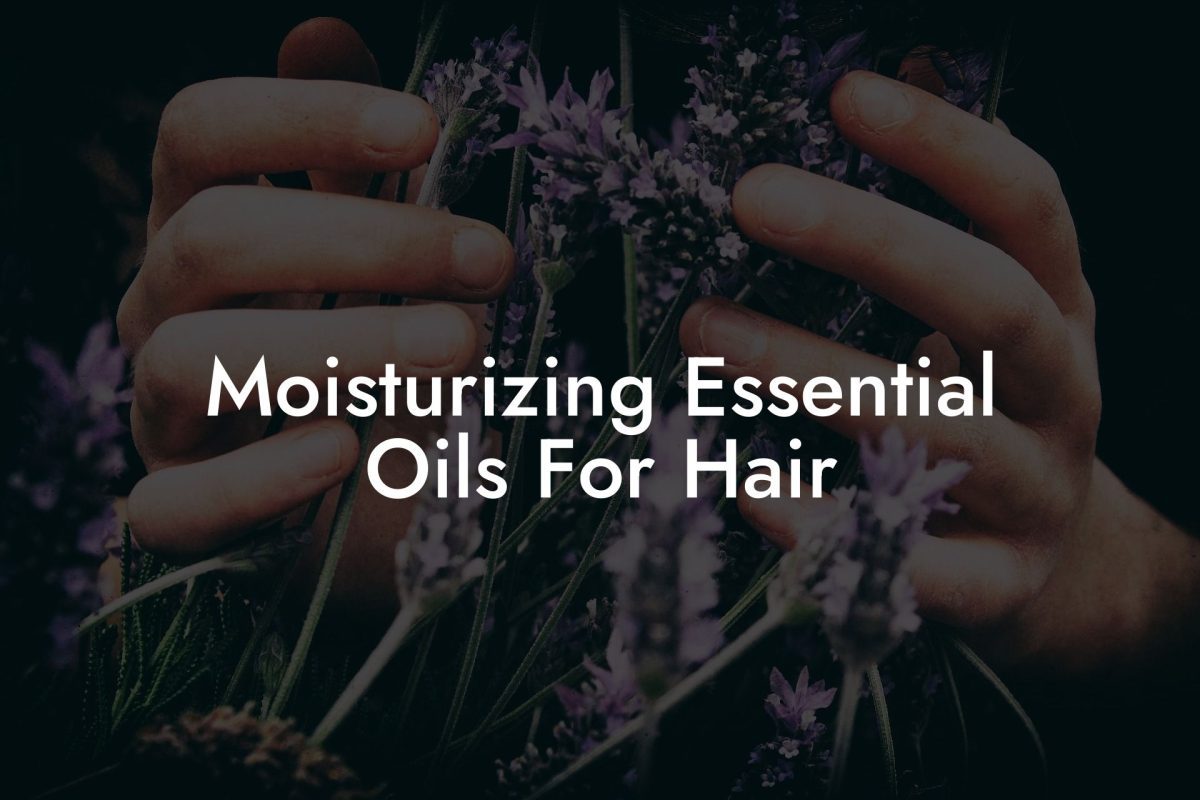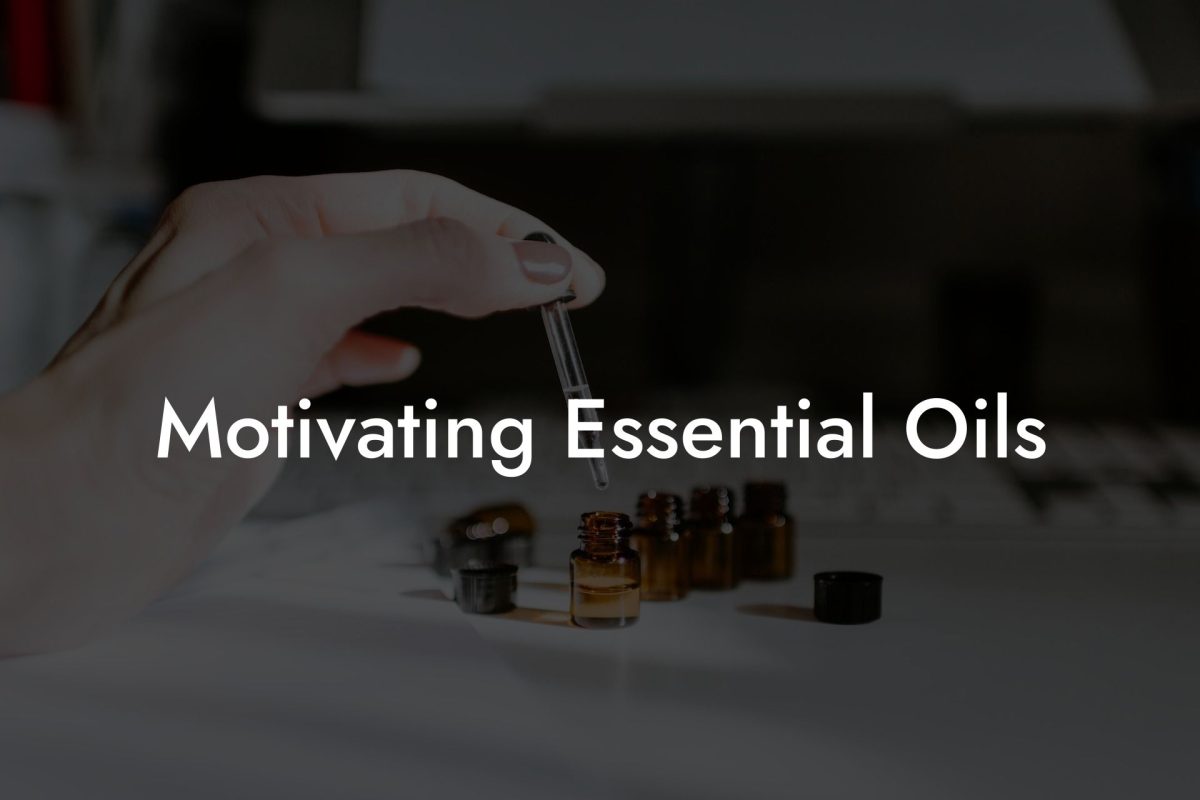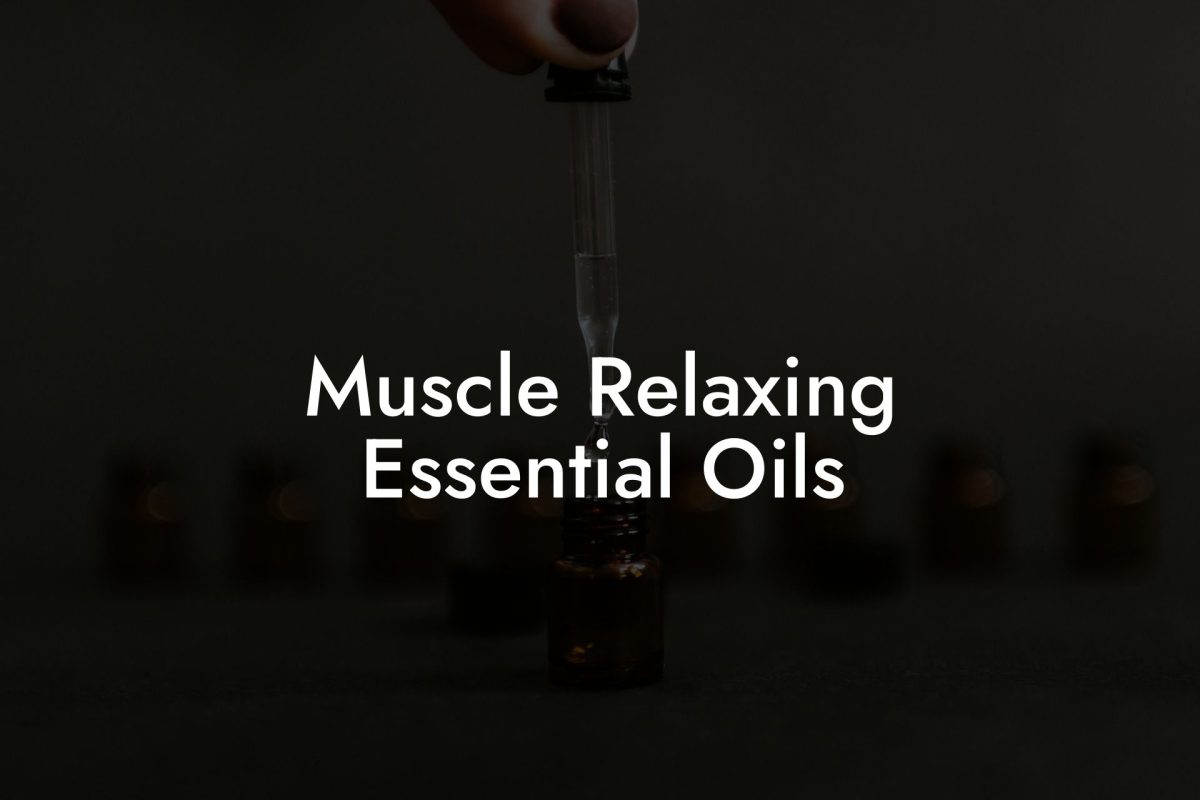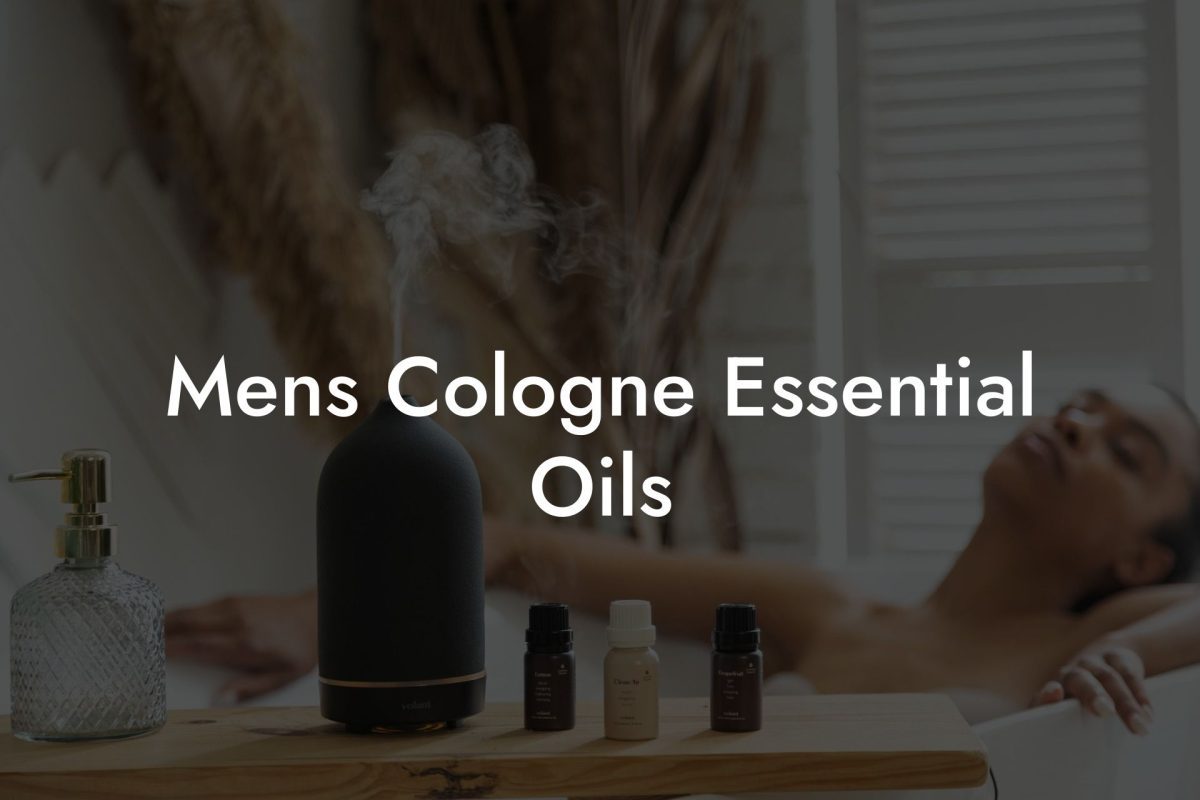Taking that deep breath of your favorite essential oil can result in an instant feeling of tranquility and relaxation. The beauty of essential oils lies in their versatility, from soothing aching muscles to promoting a sense of emotional balance. With the increasing popularity of essential oils and the desire to be self-sufficient, many individuals are now becoming interested in creating their own essential oils at home using a still. In this comprehensive guide, we will break down the process of making a still for essential oils, ensuring you can enjoy the benefits of these natural wonders in the comfort of your own home.
Table of Contents
Understanding the Distillation Process
Before diving into the construction of a still, it is important to understand the basic process of extracting essential oils from plants. There are several methods, but the most common is steam distillation. This process involves heating water to create steam, which passes through the plant material, leaching out the oils. The steam and oil mixture is then cooled, causing the essential oil to separate from the water. The oil is collected, and the remaining water is called hydrosol or floral water.
Components of a Still for Essential Oils
A basic still for essential oils consists of the following components:
- Heat source: This can be a stove or an outdoor burner, depending on your preference.
- Distillation pot: A large pot, preferably made of stainless steel, glass, or copper, is used to hold the water and plant material.
- Condenser: This is a container or tube where the steam and oil mixture condenses back into liquid form. It should be made of a material that can efficiently transfer heat, like copper or stainless steel.
- Separator or Essencier: This is a specialized component that allows the essential oil to separate from the hydrosol. It uses the difference in density between the two substances, allowing the oil to float on top of the water, where it can be collected.
- Collection container: A glass or stainless steel container is used to collect the separated essential oil.
Building Your Own Still for Essential Oils
Now that you understand the basic components of a still, it’s time to start building your own. Follow these steps to create a simple, homemade still for essential oils:
- Select a heat source, like a stove or outdoor burner, that you are comfortable using. Make sure it has adequate ventilation and access to a power source or fuel.
- Choose a distillation pot that is large enough to hold the water and plant material. A pot with a tight-fitting lid is essential to prevent steam from escaping prematurely.
- Create the condenser by either purchasing a specialized condensing coil or by coiling a long piece of copper or stainless steel tubing yourself. The tubing should be long enough to reach into the collection container and have a diameter of about 1/4 inches.
- Attach one end of the tubing to the lid of the distillation pot, ensuring a tight seal. The other end should extend into the collection container.
- Place the Separator or Essencier between the condenser and collection container to effectively separate the essential oil from the hydrosol.
- Fill the distillation pot with water and plant material, ensuring that the plant material is fully submerged or suspended above the water using a steam basket.
- Heat the water, allowing the steam to pass through the plant material and into the condenser, where it will cool and turn into liquid. The essential oil and hydrosol will flow into the Separator, where they will separate and be collected.
How To Make A Still For Essential Oils Example:
An example of a homemade still for essential oils can be a simple setup using a large stainless steel pot, copper tubing, and a glass collection container. The distillation pot can be placed on a stove, with the plant material and water inside. The copper tubing should be connected to the pot’s lid and extend into the glass collection container, with an Essencier in between. Once the distillation process is completed, the essential oil will be collected in the container, ready for you to enjoy.
Creating your own still for essential oils allows you to take an active role in your well-being by producing plant-based, natural remedies right in your own home. With a basic understanding of the distillation process and a simple setup, you’ll find that the world of essential oils becomes a rewarding and enjoyable hobby. Don’t forget to share this guide with friends and family who might also be interested in the art of essential oil distillation. While you’re at it, explore other guides on Oshu Oils and check out our range of essential oils that our team of aromacologists have carefully formulated to bring balance and well-being to your life.

